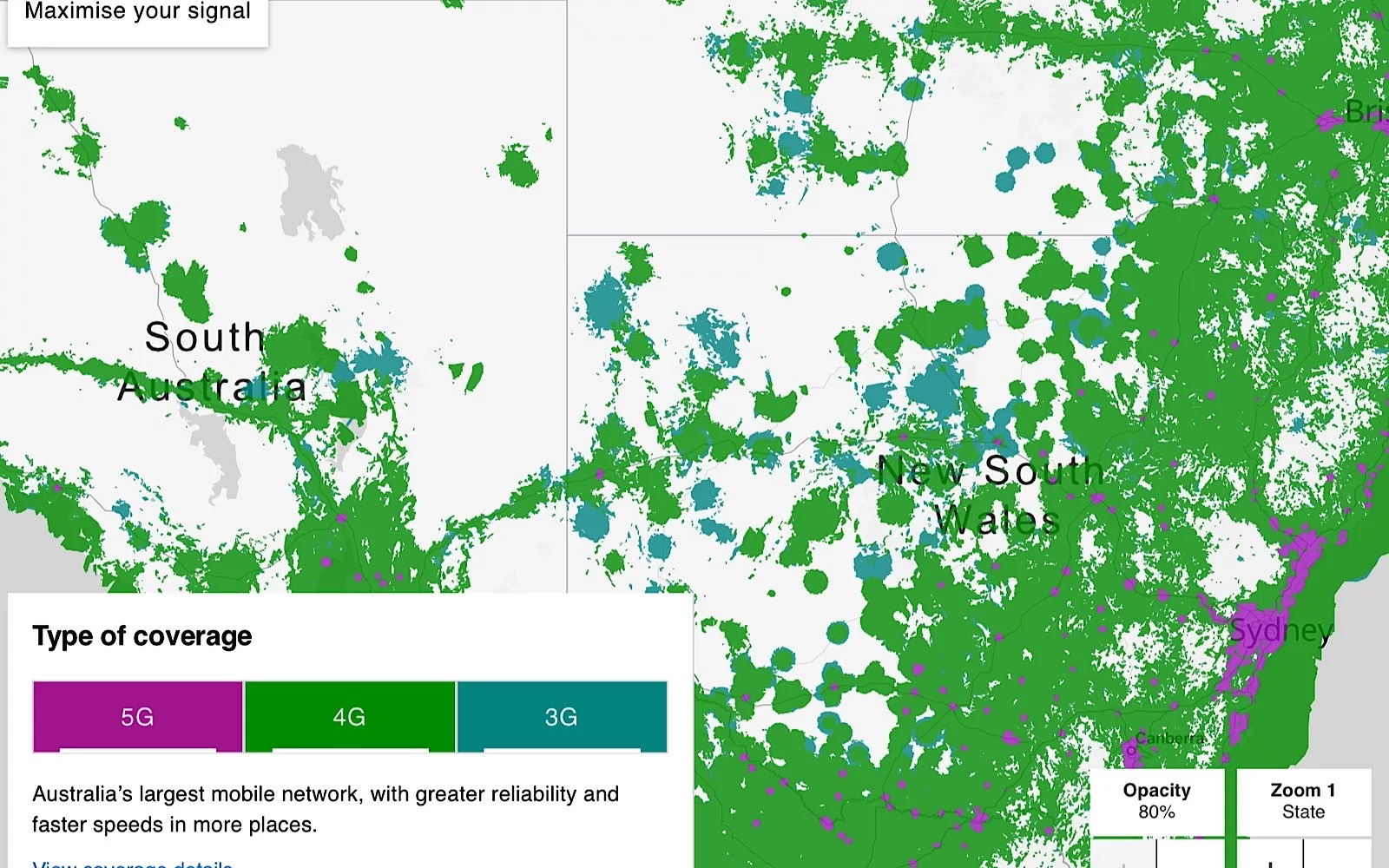With 3G set to shut down in the coming months, Telstra is promising to improve 4G, and it doesn’t have long to make good. What are your options?
In one of the radio segments this writer appeared on this week, listeners in the hills of Adelaide complained of poor mobile coverage and a fear that when Telstra shuts down the 3G network, they won’t have connectivity any longer.
Based on the current service maps, that could possibly end up true.
But it’s also entirely possible that Telstra won’t quite deliver, so what can you do?
You could wait: Telstra says it will have 4G up to 3G standards
When Telstra 3G starts to go dark in mid-June this year, Telstra told Pickr that:
“…we will have equivalence in network coverage for customers, so 4G coverage where currently there is 3G coverage after the shut down”
A spokesperson for Telstra
Essentially, that’s Telstra promising to have 4G available where 3G was, which would mean 4G devices will be accessing the same reach when 3G is switched off, instead of shifting back to the 3G network, which is what happens now.
That gives Telstra roughly three months to get some of its 3G-only areas up to scratch, something we have our doubts about. It’s not that we doubt Telstra can do it — it certainly can — but it’s more that replacing the 3G network isn’t exactly news, and has been on the cards for years.
Three months out from the shutdown, we’re surprised that Telstra’s coverage map doesn’t have 4G completely covering 3G at this point in time. That gives us doubts about Telstra’s promise.

Upgrade: ensure you have a recent Blue Tick device
If you’re in rural Australia and regularly see the 3G identifier on Telstra, you might want to make sure you have a 4G and 5G Blue Tick device.
For those unsure of the lingo, “Blue Tick” is Telstra’s program to identify devices that will work better in rural Australia, and has been running for several years. There are 3G Blue Tick devices, 4G Blue Tick devices, and even 5G Blue Tick devices. You might not be able to get 5G in rural Australia, but Blue Tick devices are tested to pick up on signal better than devices without a Blue Tick, and this may improve your chances of a strong signal.
However, if you have a 3G Blue Tick device from back in the day, that won’t be of any use when the 3G network is shut down.
“It is important that customers are using appropriate devices,” a spokesperson for Telstra told Pickr.
“For example, if currently using a Blue Tick 3G device, you will need a Blue Tick 4G device, or if currently relying on a 3G T-Go or TMSA coverage extension device you will need an equivalent 4G device to ensure coverage equivalence.”
In short, if you already know you need to switch to a new device, you might want to make sure it’s a Blue Tick device, provided you’re staying on Telstra.
Check network maps and move to a new provider
Many people are unsure whether Telstra will be able to provide them service when the 3G network goes down this year, and the same is true with Optus which plans to pull the plug in September following Vodafone’s move last year.
One option to deal with this potential drama is to check the network maps to see whether another telco can service the areas you live in better than another.
Coverage maps provide an understanding of where you should be able to get signal, and each major telco offers one, including:
Check where you live and where you normally travel to, and see whether another telco can service your needs better.
Satellite to go
Alternatively, you may want to consider a mobile satellite connection, such as with Starlink Roam.
A slightly different approach, satellite connections won’t necessarily improve your 4G or 5G, but they can provide a way to stay connected. No doubt more expensive, a satellite connection could theoretically be used with a small wireless network, providing a WiFi connection to a phone and delivering high-speed data, as well as voice over VoWiFi.





